Inspecting Bee Hives
Zachary has had his bees for a little over a month. You can read about that here. After your bees arrive you leave them alone for about a week and then you can start inspections to be sure the bees are doing well.
Inspecting the Bee Hives
First you need to get your smoker ready. The smoke disorients the bees and therefore, they do not try to sting you. We like that!
Zachary has 2 hives about 15′ apart. When he opened the first hive, he found that things weren’t progressing like they should. You see, the bees cap each of the cells as the larva is deposited into them and almost none of these cells are capped. There is also a build-up on the frame, which you will see happened in the next hive.
The 2nd hive is doing great.
Healthy Looking Hive
You can see how the cells are built-up and that many of them have been capped off. Little bees growing inside is what that means.
The hive that’s not doing so well had cells that were closed but only here and there. This one is not like that. This one shows that the queen has a good brood laying pattern. The part that the bees have worked on has mostly been capped off. If you look closely, you can see at the bottom of the frame that it’s a little darker. That’s the opposite side of the frame. The bees do their work on both sides, not just the side you’re looking at.
And not just on the one frame, but on all of these… They stay busy.
Superceeding
So what’s the problem with the first hive? Zachary thinks that the queen is either dead or not doing the job like she should. If she is dead, the bees will do what is called superceeding.
Superceeding is when the bees replace a residing queen or one that is no longer there. They replace a queen by making another queen. How do they do this? They feed the larva a special food and it becomes a queen.
If the bee’s produce their own queen, there is the risk that the bees have bred with an Africanized bee and thus you would then have an Africanized queen bee. Zachary’s solution was to order another queen bee – a European bee.
He has now installed the new queen bee and in another week, he’ll do an inspection to be sure they have accepted the new queen bee.
Through all of this he is still needing to supply the bees with food – a sugar water solution. The more food they have, the stronger their hive will be. This is until the nectar flow starts – Zachary’s thinking the fall time for our area here.

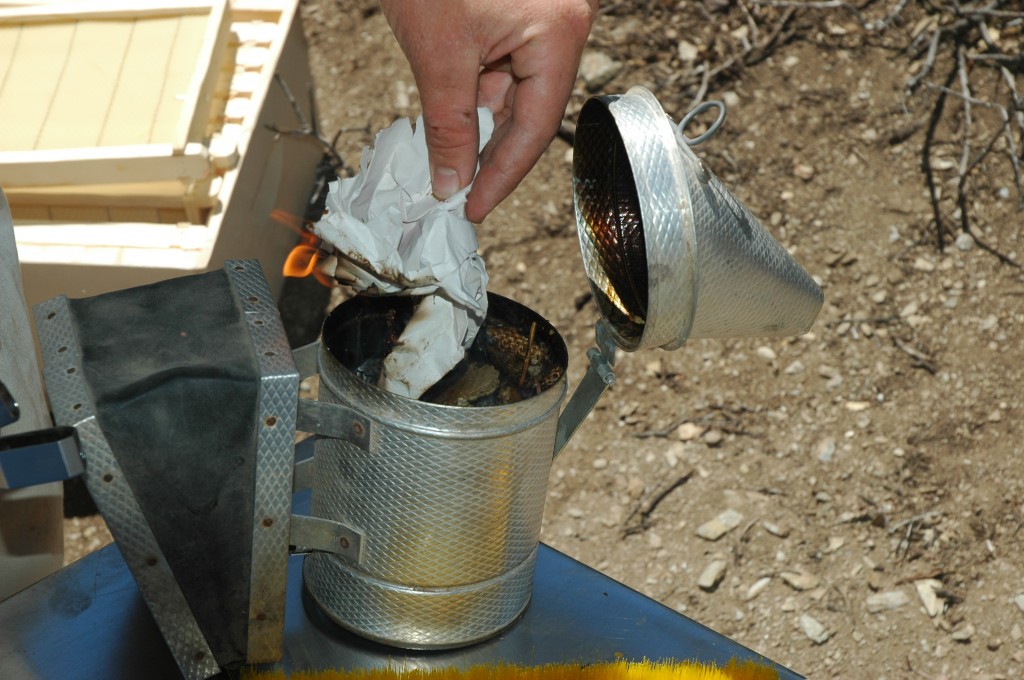
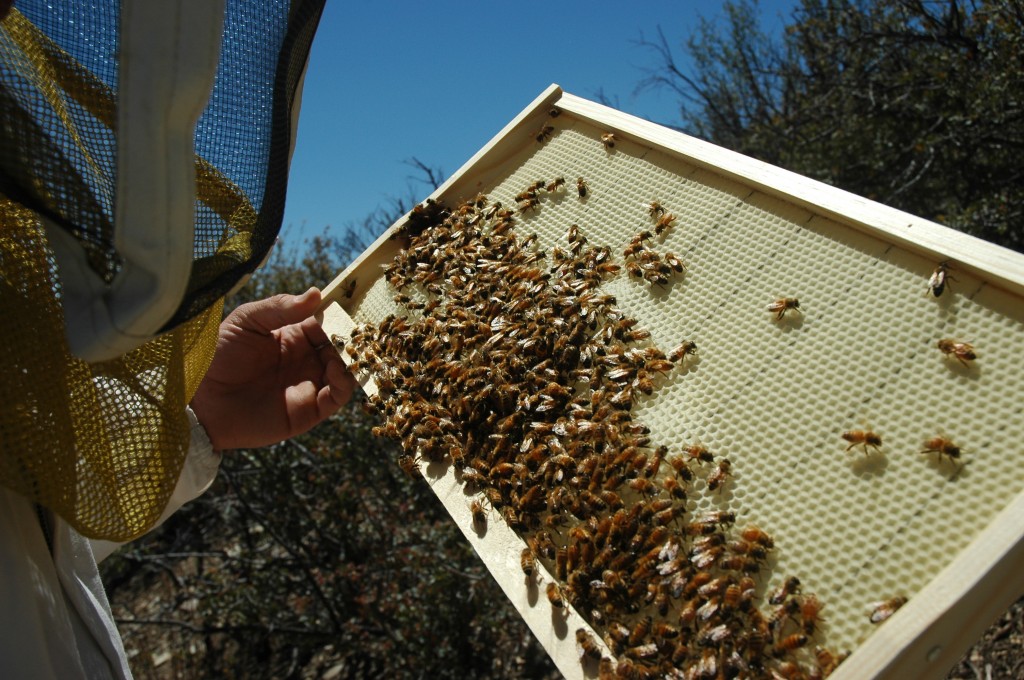
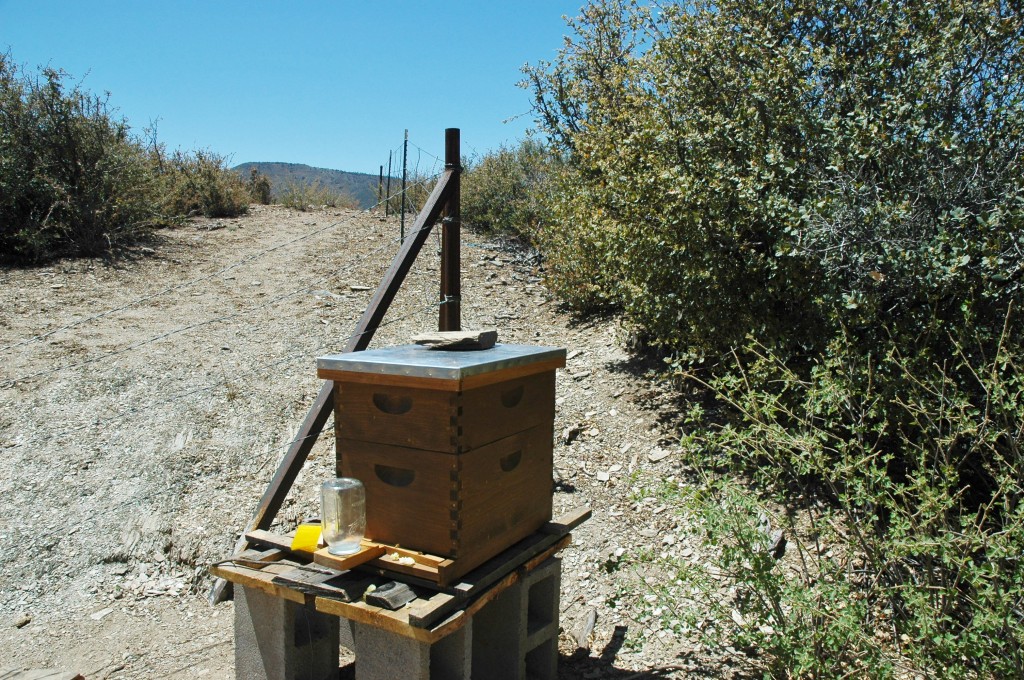
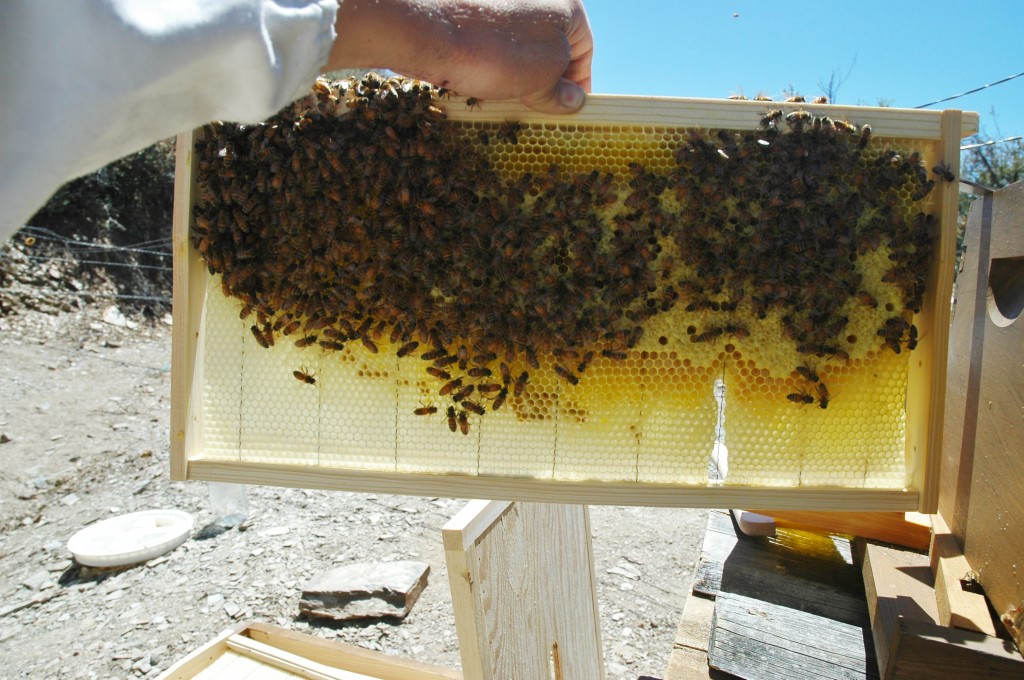
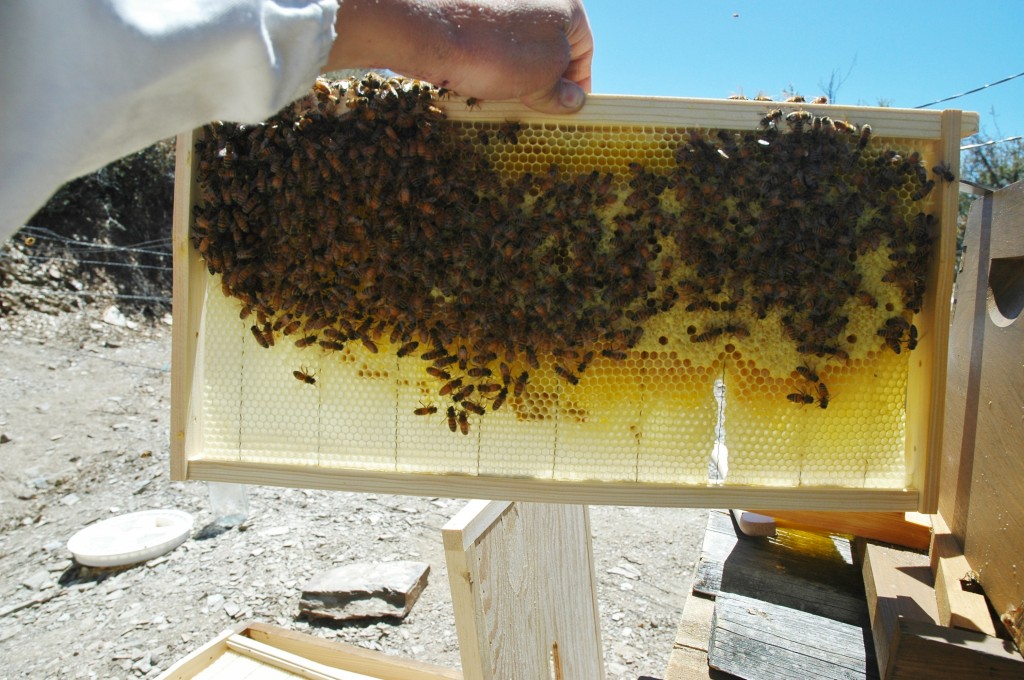
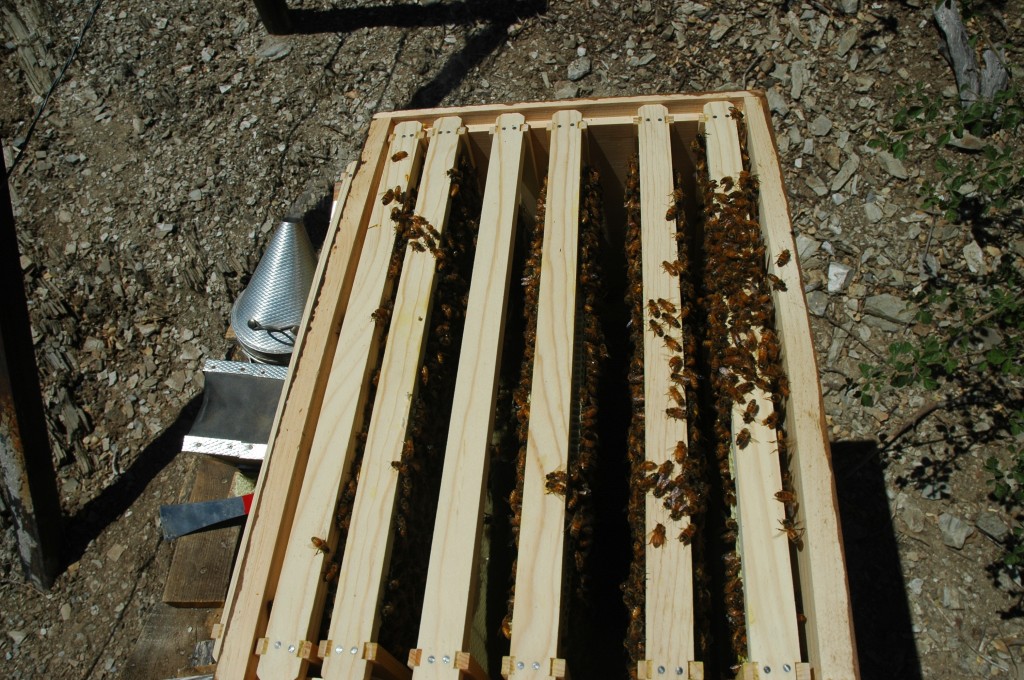
6 Comments
Brynna
Great post! We are hoping to start bees next year so are trying to get all the info we can. Thanks for this!!
Elisabeth
In this post – http://treasuringthemoments.net/2011/04/29/bees-bees-bees-bzzz-20000-bees-bought-online/ – there is a link to a beekeeping book my son really enjoyed. He credits it with getting him going with bees.
Amy
Zachary – I hope your new queen settles in the hive well and that things are looking up soon for hive #1! I really should have done two hives this year instead of just one; then I would have had a back up hive. Next year I will for sure!
Elisabeth
Hi Ms. Amy. This is Zachary. I saw your post about the dead bees; that had to be disheartening. I know I was disappointed to see my hive doing poorly. I hope your hive pulls through somhow. We will see how my hive turns out with the new queen. Good luck!
Zachary
Mark Strohkorb
Enjoyed the pictures of the bees!
Lily
Very interesting! Your bee blogs are very informative. Hope the new queen thrives.